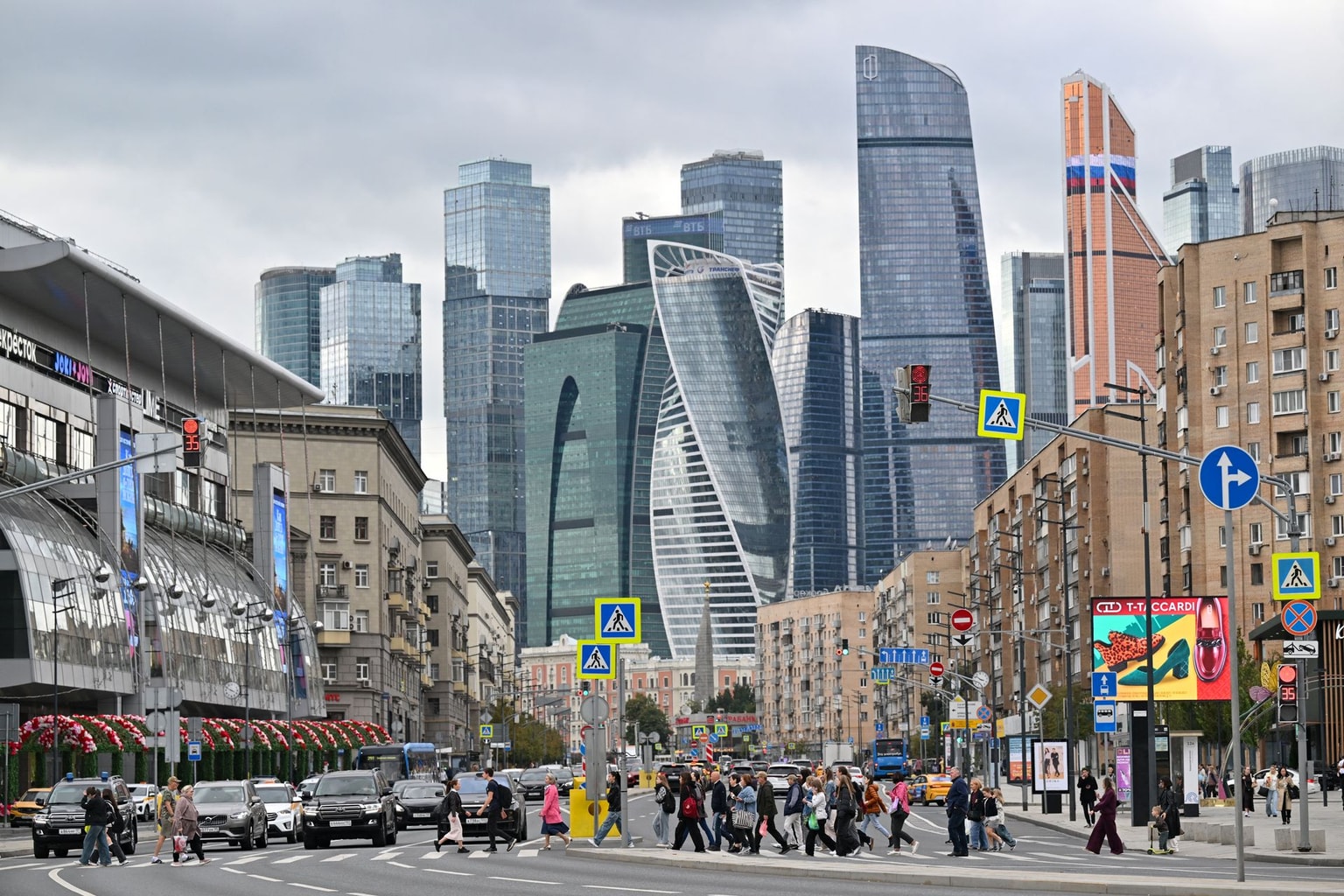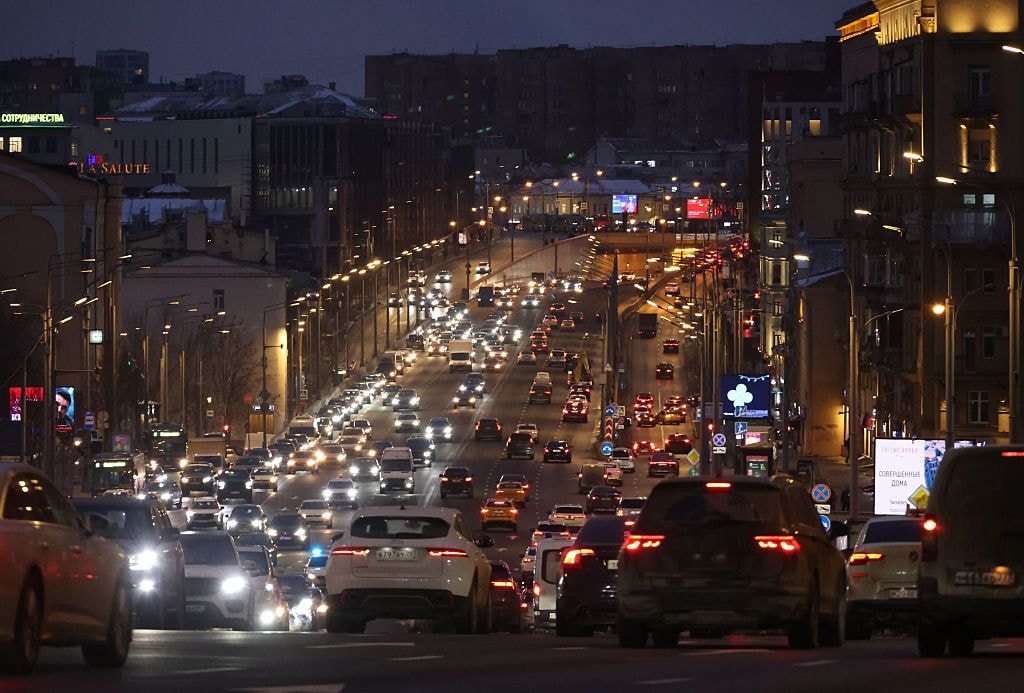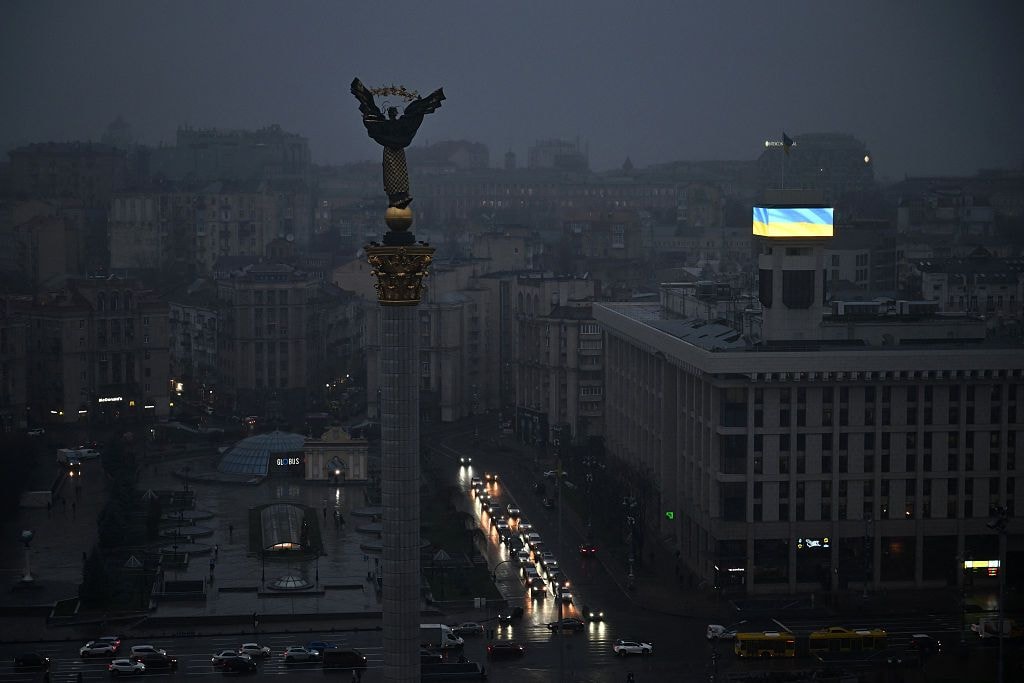
Russia's oil tanker crash causes 'worst ecological catastrophe,' with Black Sea in need of a decade to recover
In December, two dilapidated Russian oil tankers sank near occupied Crimea. Fuel oil continues to spill into the sea.
Volunteers clean up the shore from fuel oil following mid-December tanker crash in the Kerch Strait, in the southern Russian Krasnodar Krai. (Krasnodar Krai Emergency Service)
On the night of Dec. 15, 2024, two Russian oil tankers, Volgoneft-212 and Volgoneft-239, sank in the Kerch Strait, a narrow maritime connection between the Black Sea and the Sea of Azov, off the coast of occupied Crimea.
Both vessels were constructed for service on rivers, not on the open sea, and did not have valid sailing documents at the time of the disaster. The tankers also violated a weather-based ban on entering the Kerch Strait.
The vessel crews then attempted for days to obtain an authorization to discharge their oil at a nearby port on the coast of Crimea. To no avail.
A storm picked up, with waves reaching three meters. This brought an end to the service of Volgoneft-212 and Volgoneft-239, which had been in use since 1969 and 1973, respectively.
While on Jan. 25, the Russian government officially declared that emergency services had finished an ongoing oil extraction operation, this only concerned one part of Volgoneft-239, which eventually drifted to the coast of Crimea following the wreckage.
The remaining parts of this vessel, and all of Volgoneft-212, are currently only being “examined underwater,” with no attempts yet being made to haul them to shore or extract the fuel oil left in their reservoirs.
According to Eugene Simonov, an expert with the Ukraine War Environmental Consequences Work Group (UWEC) who spoke to the Kyiv Independent, the sunken vessel parts are left untouched because Russian authorities simply do not have the appropriate equipment to extract oil from underwater reservoirs.
As a result, according to Viktor Danilov-Danilyan, the head of science at the Russian Academy of Sciences, the Volgoneft wreckages could evolve into the “worst ecological catastrophe” Russia has seen in the 21st century.
While oil spills have already occurred in the region in the past, the December incident surpasses anything the Black Sea has ever seen. In the closest comparable case, 1,300 tons of fuel oil were released in November 2007, also after a Russian tanker sank in the Kerch Strait.
As for the most recent wreckage, estimates by Russian state-aligned media put the amount of fuel oil released at 3,700 tons.
In late January, the fuel oil reached Ukraine’s Odesa Oblast, with Ukrainian emergency services now also tasked with cleaning up the shores.
When thousands of tons of oil spill into the sea
According to Russian environmental experts, the seabed and the shores of Russia’s Krasnodar Krai will be especially affected by the spill.
Much of this is due to the type of fuel which was spilt. The Volgoneft tankers carried “heavy” oil, known as Mazut, which typically conglomerates into solid lumps that are heavier than water.
As a result, the lumps sink and cannot be easily localized, which makes cleanup operations more difficult. Some lumps of “heavy” oil sink, covering the seabed and squashing life beneath. Others eventually wash up on nearby coasts, polluting shoreline waters and beaches.
In comparison, so-called “light” oil typically floats at the surface, spreading in black pools. While the immediate effects of such a spill can be more drastic, cleanup operations are more straightforward.

In the case of “heavy” oil, lumps can continue washing up on shorelines for months. Some of those that sink remain there until they are dissolved by microorganisms, which can take years if not decades.
According to Natalia Gozak, director of Greenpeace Ukraine, the Black Sea is currently going through its peak of immediate contamination. While this wave might be over soon, the released fuel oil will now move along the maritime food chain, making fish and other wildlife in the sea unsuitable for consumption.
In total, the Black Sea might need 10 to 12 years to rid itself from the oil spill, Gozak told the Kyiv Independent.
Regardless of this, Russian public health officials were quick to claim that fish from the Black Sea was safe to eat, even if it came from affected areas. Certain types of fish are, however, already becoming difficult to find on sale in the Krasnodar Krai, Russian media reported.
Russia’s ‘appalling’ response
According to a Russian ecologist and oil spill expert who spoke to the Kyiv Independent on conditions of anonymity, the reaction by Russian authorities was in fact “appalling.” Actions taken in the first days following such disasters are crucial, and in the case of the Black Sea oil spill, authorities “hardly reacted at all” within this time frame.
Authorities only started reacting after the disaster went viral on Russian social media, the expert said.
“Normally, in all countries, there are protocols for what to do in such situations. In Russia, there are also such plans for oil spills, and legislation is highly developed. However, the issue is that these plans and legislation were not applied.”
In the first weeks, Russian authorities “acted without any plan” to manage the effects of the disaster, according to Simonov. “The main instinct of the responsible officials was rather classic: to hide from higher-up (authorities) their inability to manage the consequences of a rather trivial (oil) spill,” the expert said.
Authorities only started taking appropriate measures after Vladimir Putin reacted to the situation, Simonov claimed.

Inaction by authorities forced locals in affected Russian regions to self-organize, as explained in turn by the anonymous Russian expert. As a result, cleanup operations were conducted haphazardly, without adequate material, creating serious health risks for the hundreds of volunteers who rushed to the shoreline of Krasnodar Krai.
The region, which lies east of the Black Sea waters, seems for now to be the most affected by the disaster.
As part of the improvised cleanup operation, fuel oil lumps which washed up on its shores were gathered into bags in order to be utilized. However, these bags reportedly never reached processing plants, creating further environmental and public health concerns.
The response by authorities in occupied Crimea was “even weaker,” Gozak claimed, meaning that the disaster will have lasting effects on the peninsula.
According to a Russian environmental expert who spoke to Kedr, an independent news outlet that focuses on environmental issues, Russian authorities likely did not even have enough adequate equipment to deal with the consequences of the oil spill.
Although conditions in the Black Sea were extreme at the time of the incident, authorities should have trained emergency services to respond to such situations, according to the anonymous Russian expert who spoke to the Kyiv Independent.

On a positive note, the Black Sea is a dynamic ecosystem with warm waters, which increases the likelihood that the area will be able to clean itself from the fuel oil, possibly even within a year, the expert claimed.
Simonov, on the other hand, argued that Mazut fuel oil will remain on the seabed and contaminate ecosystems for the next 10 to 20 years.
Black Sea disaster and Russia’s full-scale invasion of Ukraine
“After the destruction of the Kakhovka Dam, this is the second-largest environmental catastrophe in Ukraine since the start of Russia’s full-scale invasion,” Gozak said. “These accidents are really dramatic, and the worst is that they could have been prevented.”
Central to understanding this crisis, according to Gozak, is Russia’s use of its so-called “shadow fleet,” which the United States began to go after in the final days of Joe Biden’s presidency.
In 2022, the EU introduced sanctions on Russian oil delivered by sea, making it in theory impossible for Russia to charter or insure oil tankers which did not comply with the sanctions regime.
However, Russia was soon able to circumvent these sanctions, using various schemes to ship its oil worldwide. As these tankers are in a legal gray zone, they often do not comply with security regulations and are not properly insured.
This last element makes it even more difficult to coordinate the ongoing Black Sea cleanup operations, as the responsibility of companies running “shadow fleet” vessels is unclear.

“Stopping this shadow fleet could help prevent such catastrophes, (cut) funding for Russia’s full-scale invasion of Ukraine and, in the long run, help address climate change,” Gozak said.
Similar disasters could occur in the future if exports by Russia’s “shadow fleet” continue, Simonov added.
As for Ukraine, the environmental effect of the disaster is for now mainly felt in occupied Crimea, as well as in parts of the occupied regions of Zaporizhzhia and Donetsk, which are located on the shoreline of the Sea of Azov.
While some oil lumps have also reached the Danube Delta south of Odesa, the amounts collected there are for now, symbolic.










